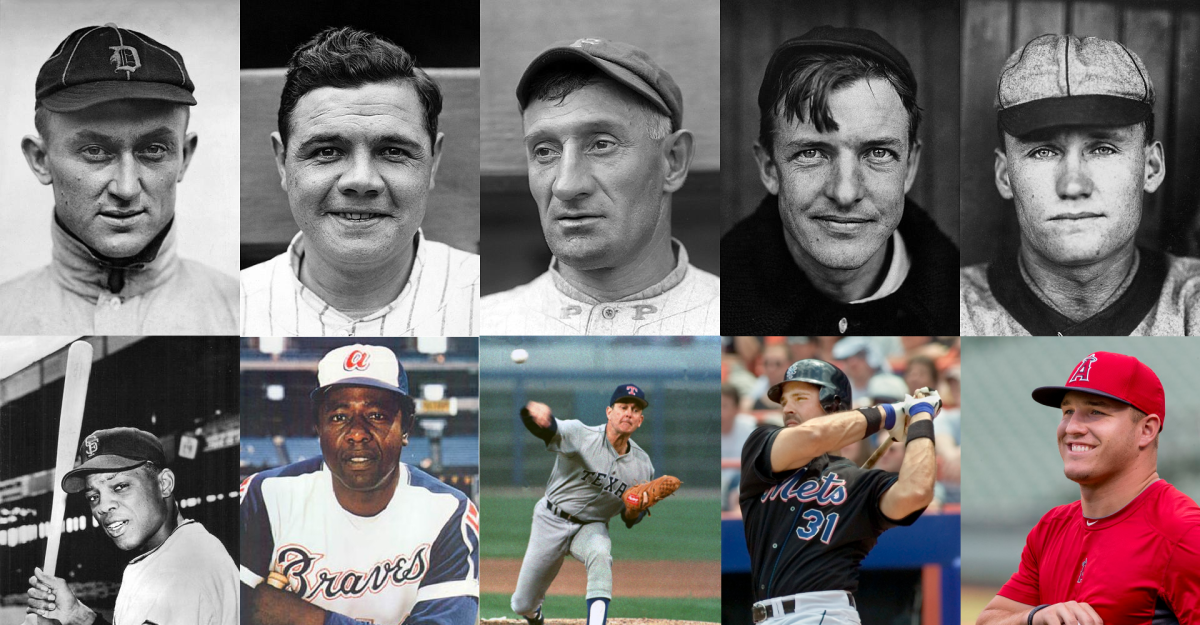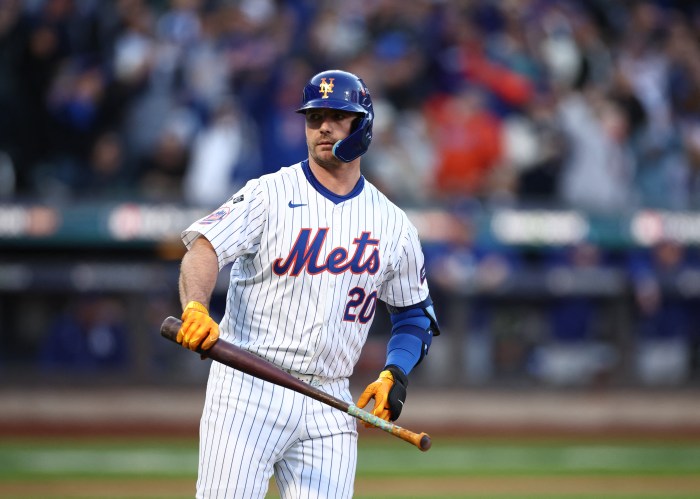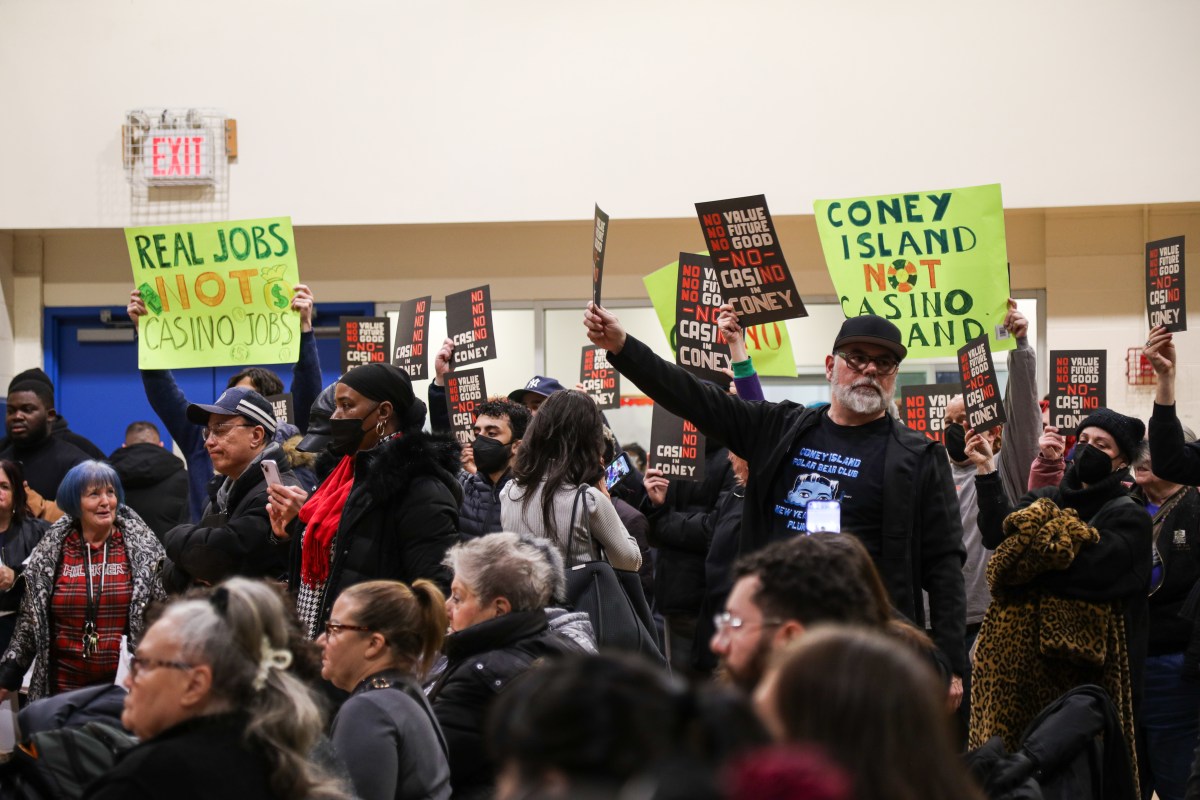One of the most alluring things about the game of baseball is what so-called “sports fans” with no taste or attention span tend to complain about: It’s remained largely unchanged for more than a century.
What has truly developed into an American institution — an evolution that has become engrained within the fabric of a nation — allows us to effectively compare the heroes of our time to those that came before us.
Baseball fans can fall down the rabbit hole of old scorebooks and stat lines to try and properly compare the likes of a Babe Ruth to a Mike Trout.
With that comes endless conversation and unsolvable debates to help carry us through unprecedented times such as these with sports paused.
The United States has been without athletics since the second week of March, but the postponement of Major League Baseball’s Opening Day brings an entirely different weight of gravitas to the situation.
For a game that has long been a country’s release valve during World Wars, national tragedies, and epidemics (see the 1918 flu pandemic), a spring without baseball is a nation with no soul.
It’s an important, temporary sacrifice to make for the greater good, as priority No. 1 is ensuring the health and safety of American citizens.
For the time being, however, we will flex the muscles of what makes baseball America’s Pasttime while trying to provide a few minutes where our readers can think about a game or their childhood heroes.
For the next two weeks, we here at amNewYork Metro — with the help of you, the readers — will help construct baseball’s “All-Time Team,” to decide the game’s greatest starting nine.
Starting tomorrow, we will go one position at a time in order of how they are represented on a scorecard:
- Pitchers
- Catchers
- 1st Basemen
- 2nd Basemen
- 3rd Basemen
- Shortstops
- Left Fielders
- Center Fielders
- Right Fielders
We’ll state our case as to why each player is being put up for consideration, ultimately leaving the final choice (one player per position) up to you.
How will we come up with a list of just 10 per position when 19,364 have appeared in a major-league game since 1876?
It might not be a perfect formula, but here is how we have come up with it:
1) Traditional Stats
The most obvious way to separate the great from the good is their traditional stat lines. When looking at starting pitchers, that means focusing on career wins, ERA, strikeouts, and WHIP (walks, hits per inning pitched). For offensive players, we’re looking at hits, batting average, home runs, RBI, on-base plus slugging percentage (OPS).
2) Wins Above Replacement (WAR)
WAR has developed into something of a controversial stat in recent years, but it helps explain a player’s true impact on the game.
The purpose of WAR is to measure the subject’s total contributions to his team in one encompassing statistic.
As noted analytics site FanGraphs explains: “WAR offers an estimate to answer the question, ‘If this player got injured and their team had to replace them with a freely available minor leaguer or a player from their bench, how much value would the team be losing?’ This value is expressed in a wins format, so we could say that Player X is worth +6.3 wins to their team while Player Y is only worth +3.5 wins, which means it is highly likely that Player X has been more valuable than Player Y.”
3) Winning or team success
Basing a player’s greatness solely based on this stat would be a disservice to this experiment and put players like Ted Williams, Ty Cobb, Ken Griffey Jr., and Ernie Banks at a severe disadvantage. However, a player’s performance on the game’s biggest stages does help provide insight on just how great he was/is.
4) Era of playing time
While the game is overwhelmingly similar across the ages, rules and culture changes have brought changes. Considering the game has developed into a year-round job worth millions and the advancements in training and technology, players are stronger and faster, thus creating consistently tougher competition.
That still won’t take away much from those who revolutionized the game in year’s past. Hitting home runs in a time of limited power, batting .400 against pitchers who utilized outlawed pitches, or hurlers who repeatedly threw quality complete games within condensed schedules will have their cases heard.
Those looking to vote can submit their choices in several ways:
- Leave your choice under the corresponding article on amNewYork Metro’s Facebook and Twitter pages.
- Send your vote via email to sports editor Joe Pantorno at joseph.pantorno@metro.us
- Reach out to Pantorno on Twitter @JoePantorno
*amNewYork Metro will release its list of 10 starting pitchers tomorrow.





































